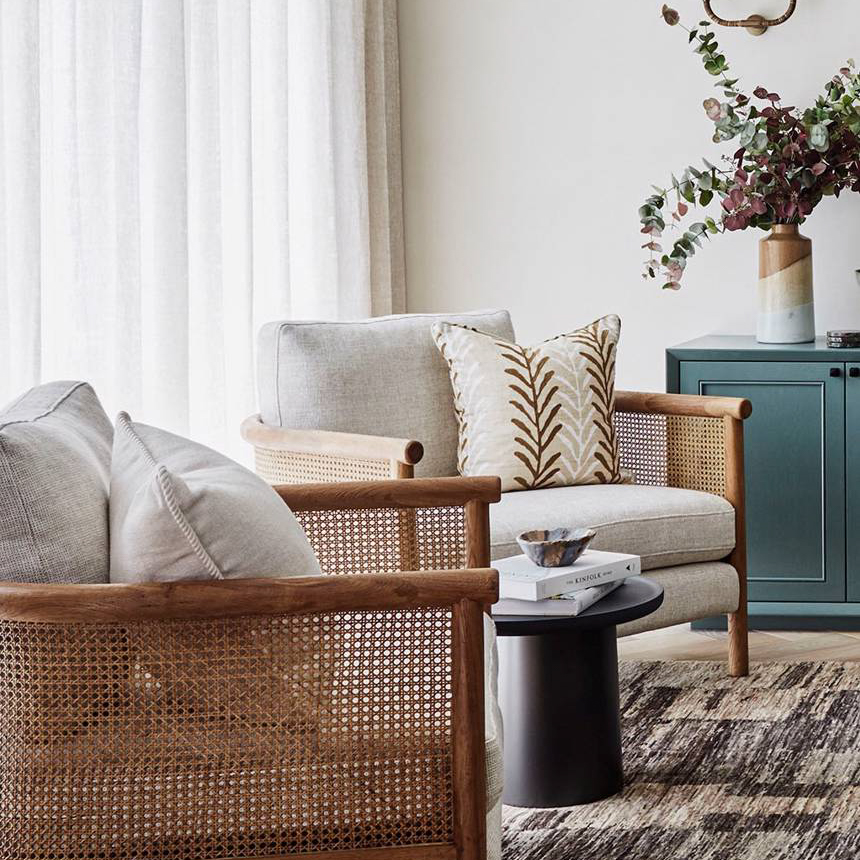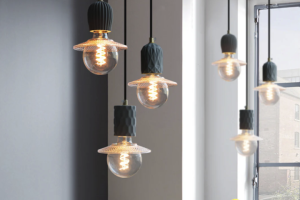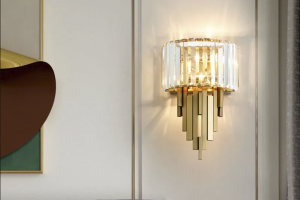Introduction:
A Zen-inspired living room is a peaceful retreat where you can find solace after a hectic day. It is a minimalist space that promotes harmony, balance, and tranquility. A Zen living room is not only aesthetically pleasing but also has a therapeutic effect on your mind and body.
Choosing the Right Color:
The first step in creating a Zen living room is to choose the right color. Zen living rooms are characterized by neutral, soothing colors such as white, beige, gray, and muted earth tones. These colors provide a calming effect on the mind and create a peaceful ambiance. Avoid using bright or bold colors that can create visual clutter and distract you from experiencing a state of calm.
Get Rid of Clutter:
A cluttered living room can make you feel stressful and overwhelmed. Zen living rooms are minimalistic, free from clutter and unnecessary decorations. Eliminating clutter is an essential aspect of creating a Zen living room. You can declutter by getting rid of things that you no longer use or need, keeping surfaces clean and bare, and investing in smart storage solutions.
Choosing Furniture:
Zen living rooms are defined by simple, clean-lined furniture. Choose furniture that is comfortable, functional, and has a minimalistic design. Low-profile seating, floor cushions, and Japanese-inspired furniture are perfect for creating a Zen living room. Avoid furniture pieces that are bulky, ornate, or have intricate patterns that can overwhelm the senses.
Adding Natural Elements:
Natural elements such as plants, rocks, and water features are fundamental in creating a Zen living room. Plants can purify the air, reduce stress and promote relaxation. A small water fountain or an artificial waterfall can produce the sound of running water, inducing a calming effect on your mind. You can also add rocks and stones to create a peaceful ambiance.
The Importance of Lighting:
The right lighting can create a peaceful ambiance in a Zen living room. Avoid using harsh, bright lights that can make the room feel sterile and uninviting. Opt for soft, warm light sources such as table lamps, pendants, and candles. You can also incorporate natural light sources by installing large windows or skylights.
Avoiding Technology:
Technology can be a significant source of distraction, leading to stress and anxiety. A Zen living room is meant to be a space for relaxation and reflection, free from the distractions of technology. Avoid placing a television, computer or other electronic gadgets in the living room. Instead, focus on creating a space that promotes calm and tranquility.
The Final Touch:
The final touch in creating a Zen living room is to add some personal touches. Choose decorations that have a personal meaning to you or that inspire you. You can hang a piece of inspirational art on the wall, display your favorite books or add a traditional Japanese shoji screen. These personal touches will enhance the ambiance of your Zen living room and make it feel like your own.





More Posts
Creative Studio Essential: Industrial Gear Pendant
Vintage Industrial Bulb Chandelier for Loft Spaces
Enhance Your Space with a Luxe Crystal Wall Lamp